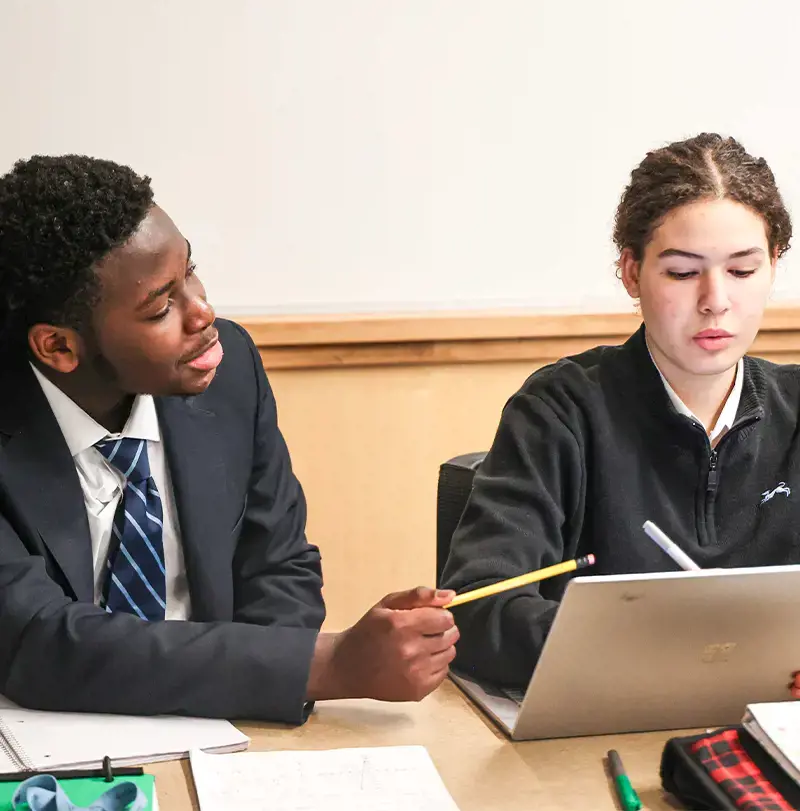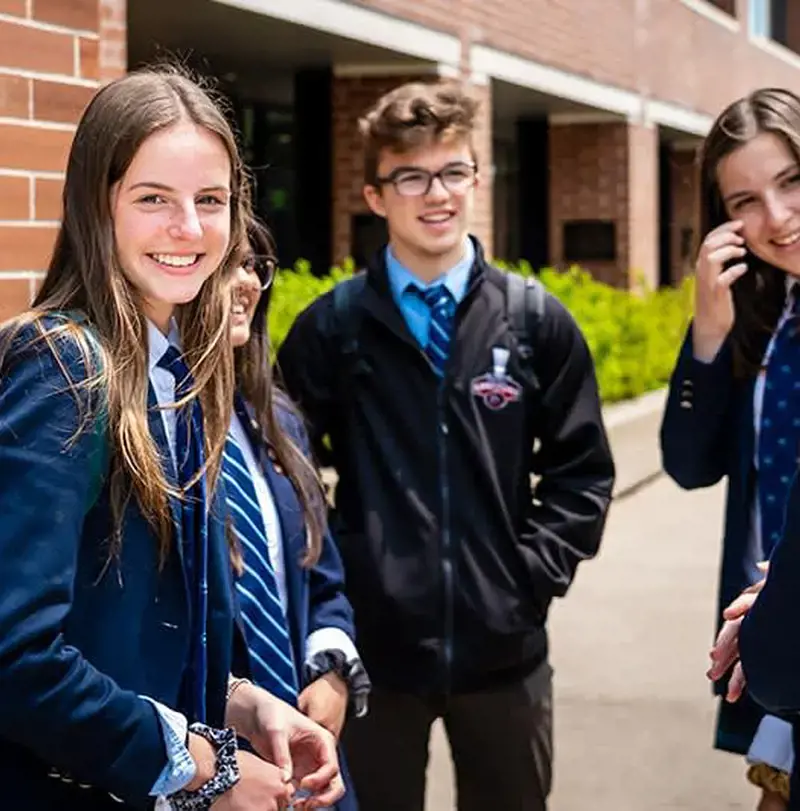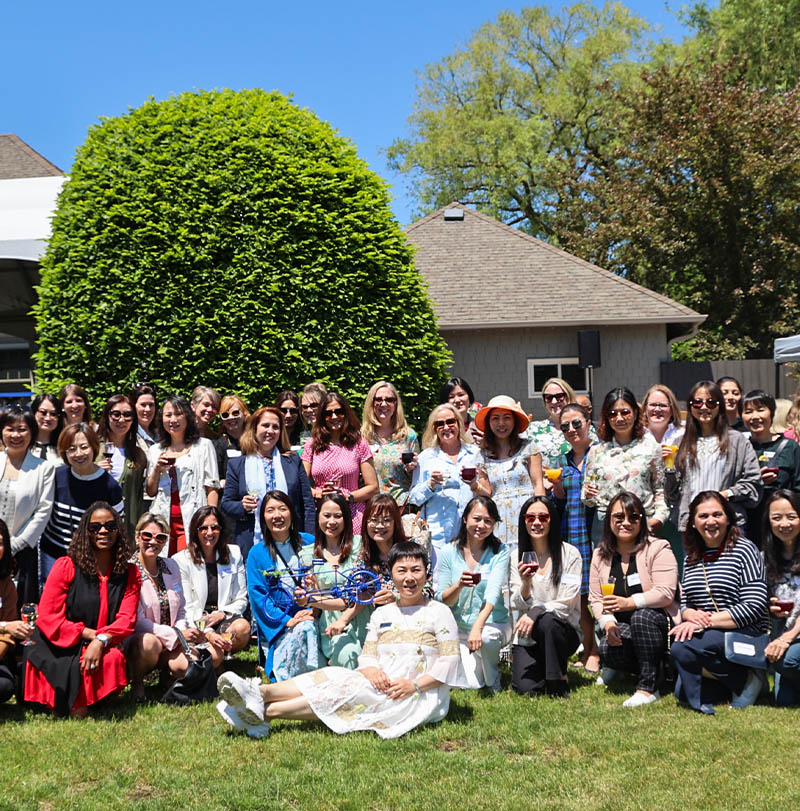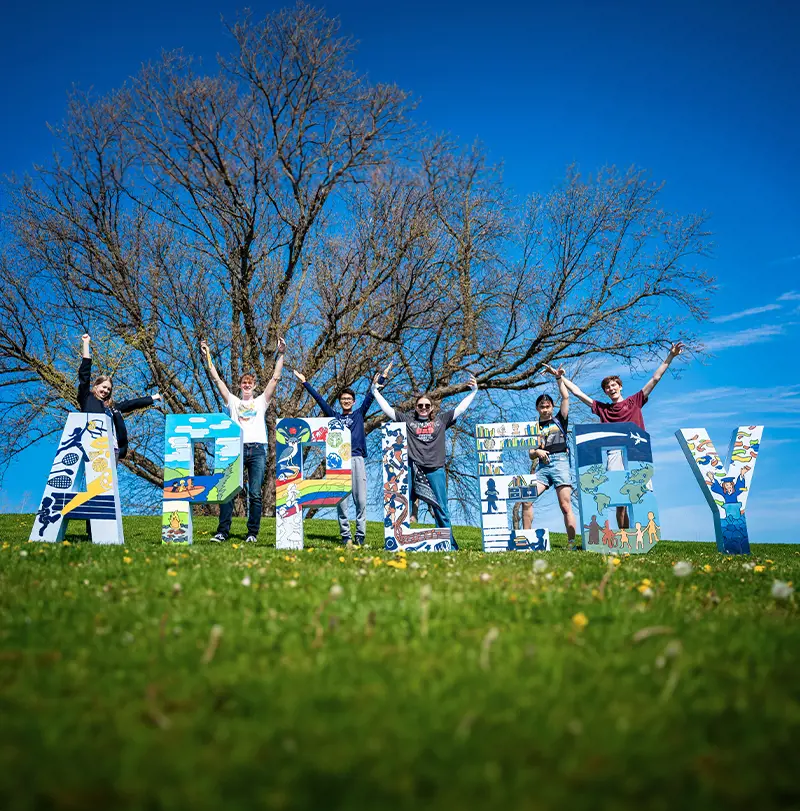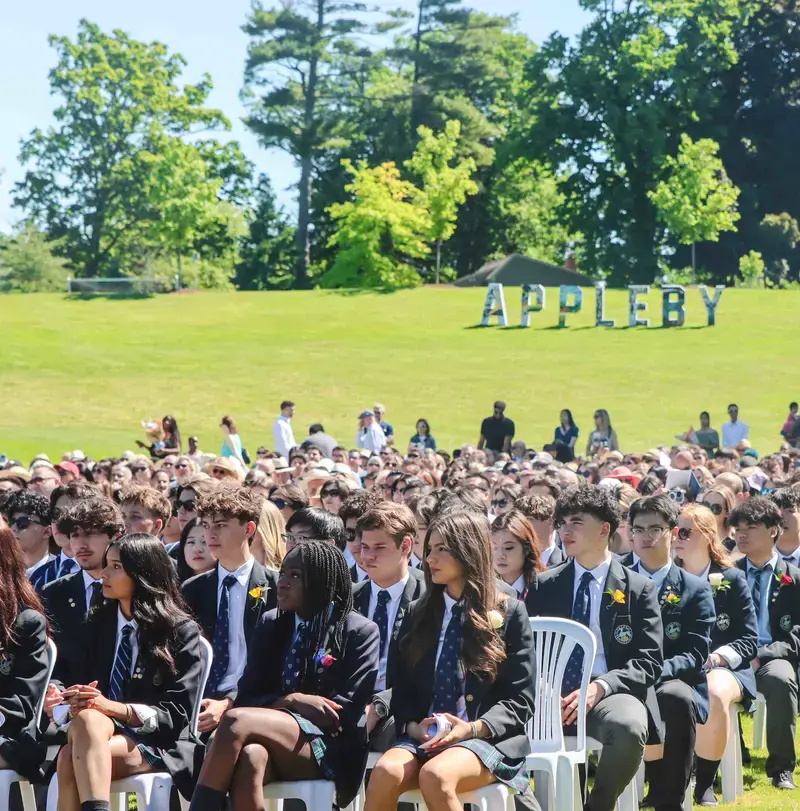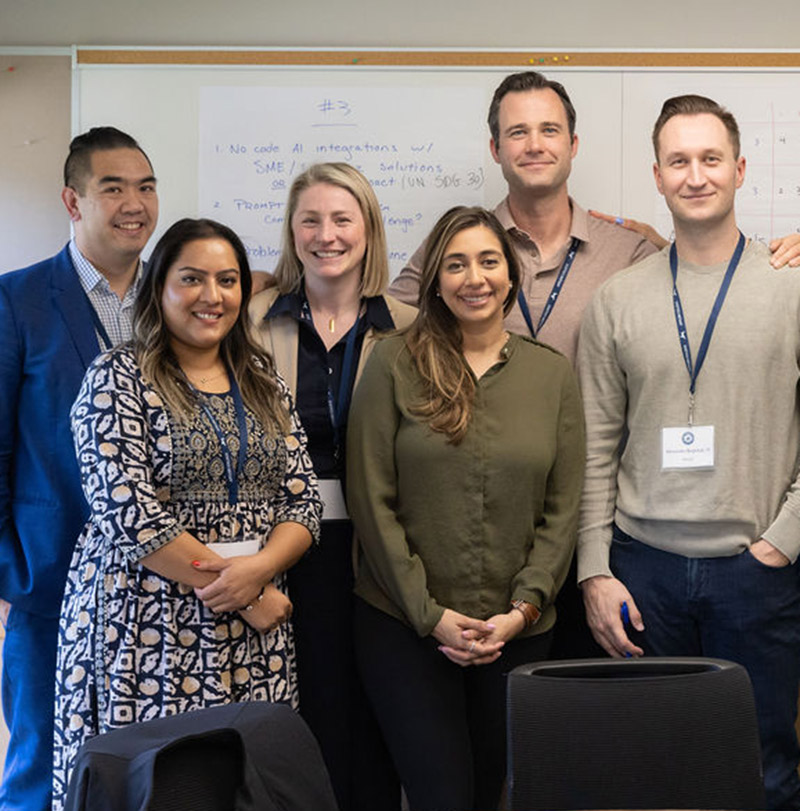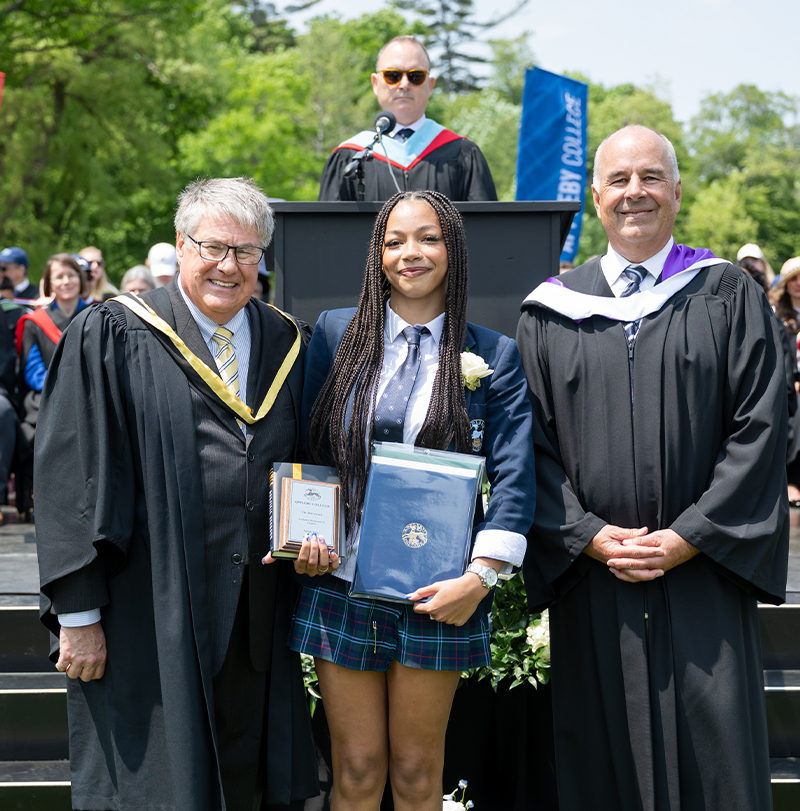Design Thinking in the Physics Classroom
by Anjuli Ahooja
Design thinking supports the development of global competencies and is one of the most important skills we can provide to our students. Design thinking instills cognitive and emotional intelligence, and compassion. It develops problem solving, critical thinking, collaborative skills, project planning, presentation skills, and most importantly, confidence and pride in one’s work.
Design thinking instills cognitive and emotional intelligence, and compassion, alongside the development of problem solving, critical thinking, and collaborative skills.
This idea of the Design Thinking project was implemented four years back as the summative project for AP Physics 2 students. It has had much success with funding and support from Appleby College’s Design Tech Lab and Science Department. This year, the funds provided through the Innovation Grant support from the school will help students “spread their wings” and create products without hesitation of the costs involved. It is an opportunity for students to get an enriching experience and leave a legacy at the school.
The Design Thinking project was initially implemented four years back as the summative project for AP Physics 2 students. This year, the Innovation Grant support from the school will help students create products without hesitation regarding the costs involved.
The project runs in the same way as any technology start-up. It starts from compassion (empathy) to solve a problem. Each student is asked to explore an “empathy spot” in their hearts. They are advised to choose members with different skills (design, programming, building, marketing) to form groups of three. Once the groups are formed, they discuss their individual empathies with each other and choose one that everyone agrees on. The next step is to think of a possible solution and a product. The students then go through several drafts of the design before they finalize it with a project plan and timeline. A material list is created and ordered, and once this is received, the building process of a product prototype starts. Throughout this process, groups are required to maintain a journal (paper or digital) and record minutes, drawings etc. for every team meeting, The students also market their product to their peers and present the “next steps” of how their product could evolve in the future. The students are encouraged to continue working on it and the hope is that one of them does that and makes it BIG!
Here are a few of the examples of the amazing work done by previous AP Physics 2 students:
- The ‘Drone Delivery System’
- The ‘Automatic Dog Ball Thrower’
- Two years back, one group was planning to make an Escape Room in one of the school’s old squash courts. Due to the COVID lockdown, this evolved into a simulation of the same idea: ‘Alien Lockdown" Escape Room’



